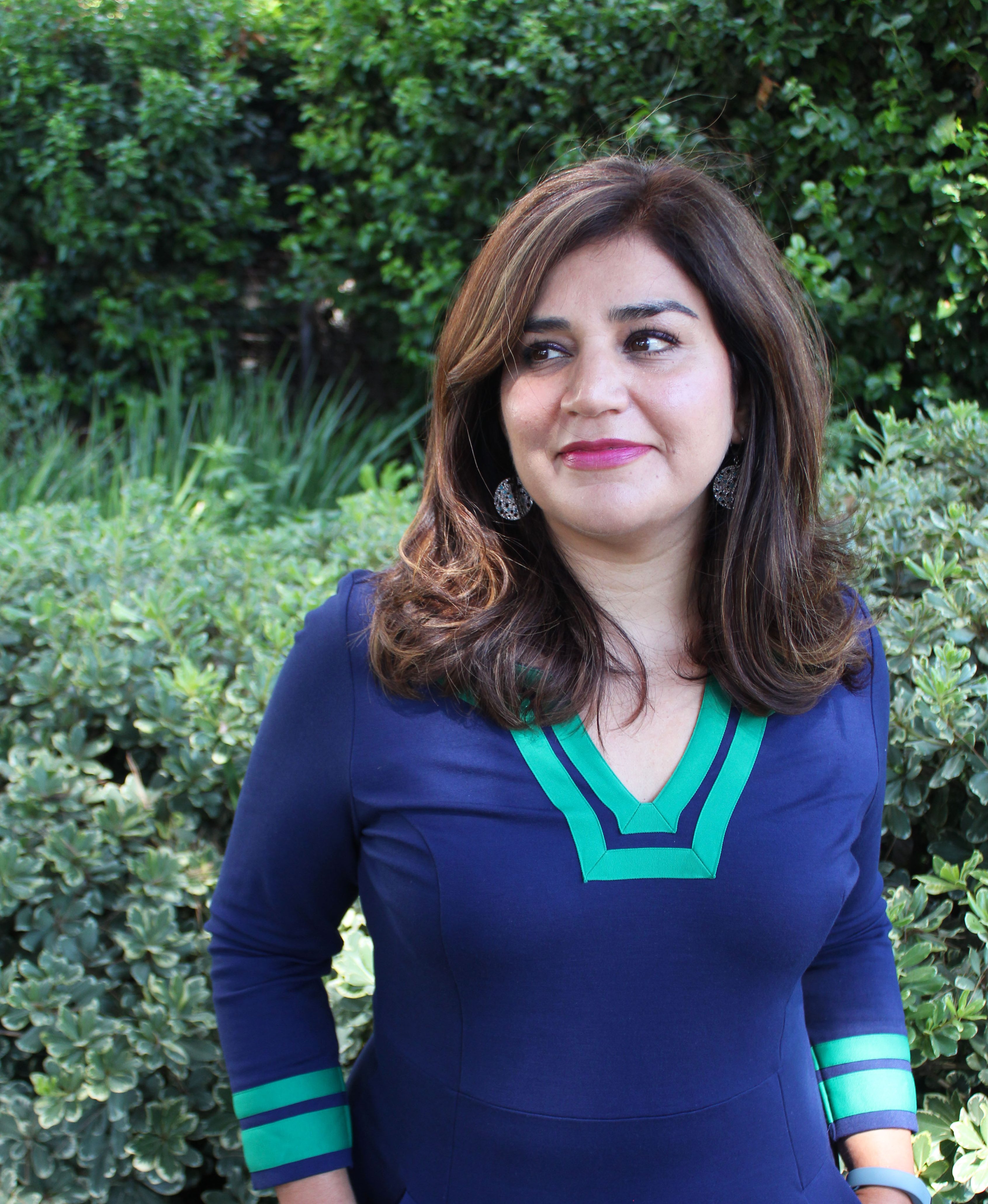I’ve noticed that most if not all of the digital projects that I’ve worked on have one thing in common–there is a story, a narrative that runs through each one. The story, not the technology behind the digital project is what brings initial interest to audiences. This has prompted me to think more about story when helping to design digital projects. This semester we’ve created workshops to jazz up presentations through design and technique, make public service announcements with video and infographics, and my favorite: digital storytelling. On any assignment, before we begin working on things digital we talk about forming a narrative. What are we trying to communicate? What is the message? How does the technology or tool that we choose enhance, contribute to or disseminate our message? How does the medium influence the message or as Marshall McCluhan has said, “the medium is the message because it is the medium that shapes and controls the scale and form of human association and action.”
Below are some excerpts from a workshop (slides embedded above) that I do with students who are creating digital stories but I think these points can apply to any digital project. This is my spiel on why story is important and why narratives matter.
The Heart is the Narrative
The narrative is the heart of a digital story (or any digital project). Whether it’s demonstrating knowledge of a competency in a course or presenting data gathered in a research project, the narrative is the glue that holds the ideas in projects and presentations together. Stories are how audiences connect and recall information. This story arc formula: INTRODUCTION->DEVELOPMENT->CLIMAX->RESOLUTION usually works best. Think also about Aristotle’s modes of persuasion: emotional appeal (Pathos), Ethical appeal (Ethos), and Logical appeal (Logos). Simply giving the audience facts and instruction is not a story. Narratives are best crafted when the audience is invited to connect to a story of shared values or common experience through ethical appeal. Data and evidence can be presented through logical appeal. Emotional appeal stirs audiences to feel and connect making narratives in a digital story or digital project compelling.
Inside the Narrative
Why do people tell stories? Why do we tell stories? Perhaps as a way to transfer knowledge, make sense of experience, teach values, beliefs, have a moral outcome.
Narratives are a way to make stories more personal rather than instructional. They invite the listener into the story, to become a part of it rather than telling the listener what to believe or what to do. Stories are our attempt to explain, understand, and account for experience. Experience does not automatically assume a narrative form. It’s constructed through the process of reflection on experience. It’s a process of socialization; a reciprocal agreement of sorts where we give our stories and receive other’s stories to increase understanding of each other.
Narratives address the listener, reader or viewer (as in a digital story) as a human being rather that as a member of a class or society. This allows us to relate to each other as another self. It increases understanding of others. Narratives are written with the anticipation to communicate to others. The narrator is the subject of their own story–>their narrative identity is subjective and inter-subjective–>what others/outsiders perceive of them and how the narrator sees themselves.
Story Organization: What’s the Point, the Plot, the Hook?
What are stories made of? Beginning, middle, end. Yes. They must have a point, a plot. What is the hook of your story? How will you capture the audience’s attention? How will you keep it going throughout your story? Stories don’t have to be linear (this takes practice!) There is an opening or introduction and a closing or conclusion, a resolve. Stories can work best when they are book-ended: the challenge of the story is presented at the beginning and the ending gives the resolve or the conclusion to the challenge introduced at the beginning. Think about the plot’s capacity to reconfigure the narrative to speak meaningful about the human action.
The Digital in Digital Storytelling (and other digital projects): Enhances, Storing, and Dissemination
The digital in digital storytelling gives it wings. I like to think of it as a story on steroids. You still need a well thought-out and sharp written story to turn into a compelling narrative but digital tools can make the story powerful. Tech tools can help enhance and further personalize a digital project. Perhaps the most powerful way technology contributes to digital projects is to help make them visible to a variety of audiences by sharing them in new ways.


